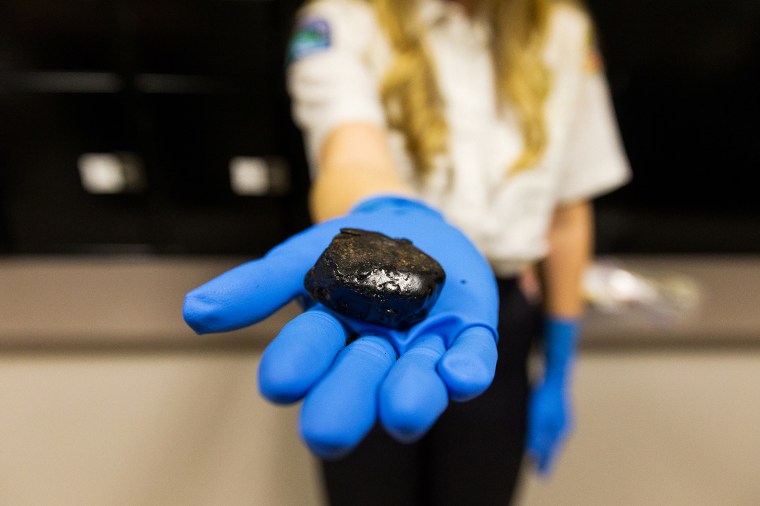Seven people in San Diego County have died in the last two months from infections linked to injections of black tar heroin, the Health and Human Services Agency said Wednesday.
The deaths occurred from myonecrosis, a bacterial infection associated with black tar heroin use, the health officials said.
Nine people were admitted to area hospitals with "severe myonecrosis" after injecting the drug Oct. 2 and Nov. 24, the county health department said in a statement. They were 19 to 57 years old.
Myonecrosis destroys muscle, according to health officials. The county health department issued an advisory to doctors and other medical professionals to look for more cases of soft tissue infections.
Black tar heroin is a black, sticky substance. Historically black tar heroin produced in Mexico is more common west of the Mississippi River, while east of the Mississippi white powder heroin from South America is more prevelant, according to a 2019 report from the Congressional Research Service that looked at heroin trafficking in the U.S.
Black tar heroin is also produced faster and is cheaper than white powder, which is typically more pure, according to the report.
The source of the black tar heroin in the San Diego County deaths is not known, the health department said.
People who inject drugs like heroin are more at risk for developing both myonecrosis as well as wound botulism, it said. There was one confirmed case of wound botulism associated with black tar heroin in San Diego County in October, the first confirmed such case this year.
Symptoms of myonecrosis can include severe pain in the area of injections, blisters, skin that turns grey, dark red or black, and it can cause shock and lead to amputations or death, the health department said.
Heroin use has been on the rise for years in the U.S., health and drug researchers say. Heroin-related overdoses killed more than 15,000 people in the nation in 2017, and overdose deaths linked to the drug increased five-fold from 2010 to 2017, according to the Centers for Disease Control and Prevention.
The 2018 National Drug Threat Assessment says that the threat from opioids, which include prescription drugs as well as synthetic opioids and heroin has reached "epidemic levels" in the country.

